In the hills descending from Culloden Battlefield near Inverness, just across the River Nairn clutched in a copse of tall beeches and oaks, stand the stoney remains of 4,000-year-old houses of the dead. Pastoral Balnuaran of Clava has given its named to these Bronze Age circular chambered tomb cairns, and the site is now known colloquially as the Clava Cairns. The Clava Cairns are among the greatest ancient monuments on mainland Scotland and easily accessible from Inverness, so if you’re into archaeology, history, or even Outlander these amazing structures are sure to draw you. But what are the Clava Cairns? What was their purpose? Who built them?
Great questions. Wondrous questions. Just the kind I prefer.
The arrival to the Clava Cairns is on narrow roads with sharp bends that require a slow and careful approach before you reach a nice parking area. Passing through a simple swing gate leads to an open swath of highland ground punctuated by standing stones, ring cairns, kerb cairns, and stone circles. It’s a provocative, faltering sight. These prehistoric structures are generally believed to have been built by farmers in the Nairn valley four millennia ago to house the bodies of high status individuals. However, Christian McLaggan, one of the first British female archaeologists, surveyed the site in 1875 and concluded that these structures were houses, not tombs. Who’s right?
You have to remember that what we’re looking at with the Clava Cairns today are just the bones of these structures. This is not what the site would have looked like 4,000 years ago, or even two hundred years ago.
The Victorians drastically altered this landscape. One picnic party dug out the center of a cairn for a day’s amusement. The landowner planted the encircling trees to create a “druidic grove.” Two standing stones were moved to accommodate the road and many of the cairn stones were used to build a wall, a practice all too common across Scotland’s ancient landmarks. Thankfully, in 1882, the Clava Cairns were among the first protected ancient monuments in Scotland, and they entered state care in 1925.
It’s difficult to envision these cairns in the stones’ original reddish and pinkish hues, but here we see the accumulative effect of thousands of years of weather on the Clava Cairns. Careful scholarship can flesh out some of what these structures and stones might’ve looked like in their heyday, but this is largely left to the province of imagination.
Both of Clava Cairn’s chambered cairns are aligned to the shortest day of the year — the midwinter sunset — much like Maeshowe in Orkney. On this day sunlight (if there’s any) would’ve streamed up the cairn’s corridor to illuminate the central chamber. Both cairns are missing their roofs today, but they would have been constructed of overlapping, corbeled stones.
A ring cairn with no discernible entrance anchors the center of the Clava Cairns. The outer kerb stones on this cairn are largest to the southwest, in the direction of the midwinter sunset. Further excavation in the 1950s revealed cobble paths linking the ring cairn with the standing stones surrounding it. There were probably more paths which have since been lost to time. While we don’t understand the beliefs of these Bronze Age people, we know they cared about astronomical phenomenon and possessed the ability to engineer their dwellings to the celestial calendar. This juxtaposition of astronomical sophistication with prehistoric engineering is so interesting.
The kerb cairn at the Clava Cairns is a small circle of weathered stones that could be mistaken for a large firepit. This particular cairn (pictured below) held shards of white quartz and the cremated ashes of a later Pictish interment.
A second site, the Milton of Clava, stands just down the road a 10-minute walk from the Clava Cairns. The Milton of Clava is considerably leaner than the Clava Cairns as 4,000 years of weathering and stone-robbing has left only the faintest impression of the site’s previous grandeur. The remains of a medieval chapel dedicated to St. Bridget are located here, atop a cairn, and another ring cairn called Culdoich lies in the field inaccessible to the public.
Excavators and scholars have found the remains of rock art at both the Clava Cairns and the Milton of Clava, and this factoid has me wondering if there wasn’t more to this site, much like Orkney’s Ness of Brodgar. Are there structures as yet undiscovered, or have they been decimated by the passing eons and disappeared?
In the course of a single day you can see the city (Inverness), visit a distillery (any one of dozens), check in on the Jacobites (Culloden Battlefield), visit with Shakespeare (Cawdor Castle), and quantum leap back to the Bronze Age here at the Clava Cairns.
The Clava Cairns are the perfect example of what makes Scotland such a provocative visit. Especially if you can’t get to Orkney, the Clava Cairns are among the best places to get a sense of Scotland’s fascinating prehistoric heritage.

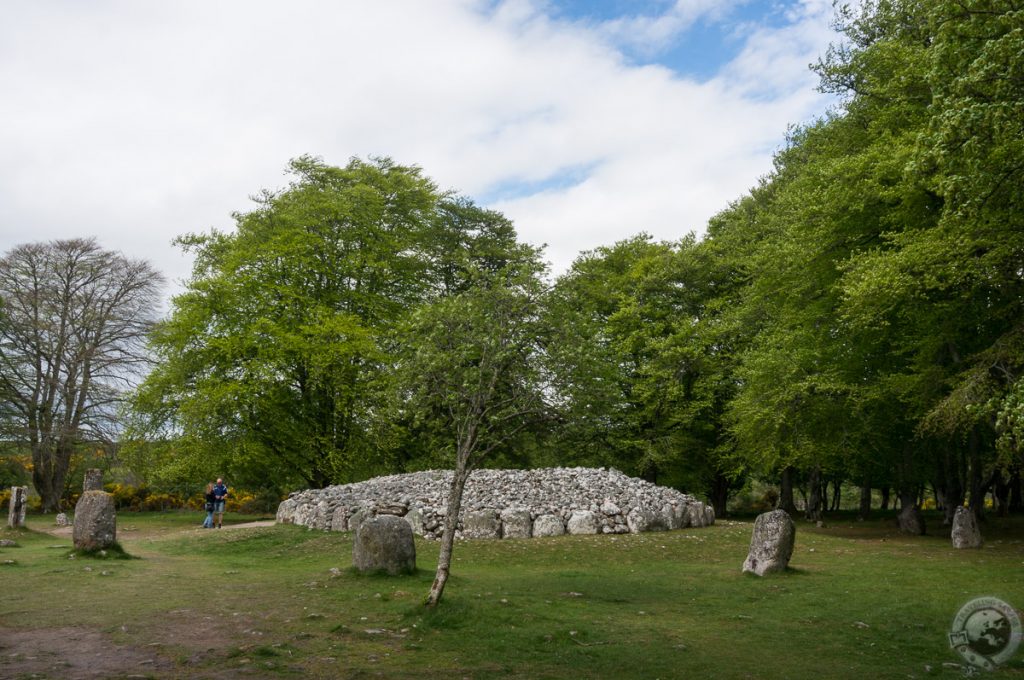
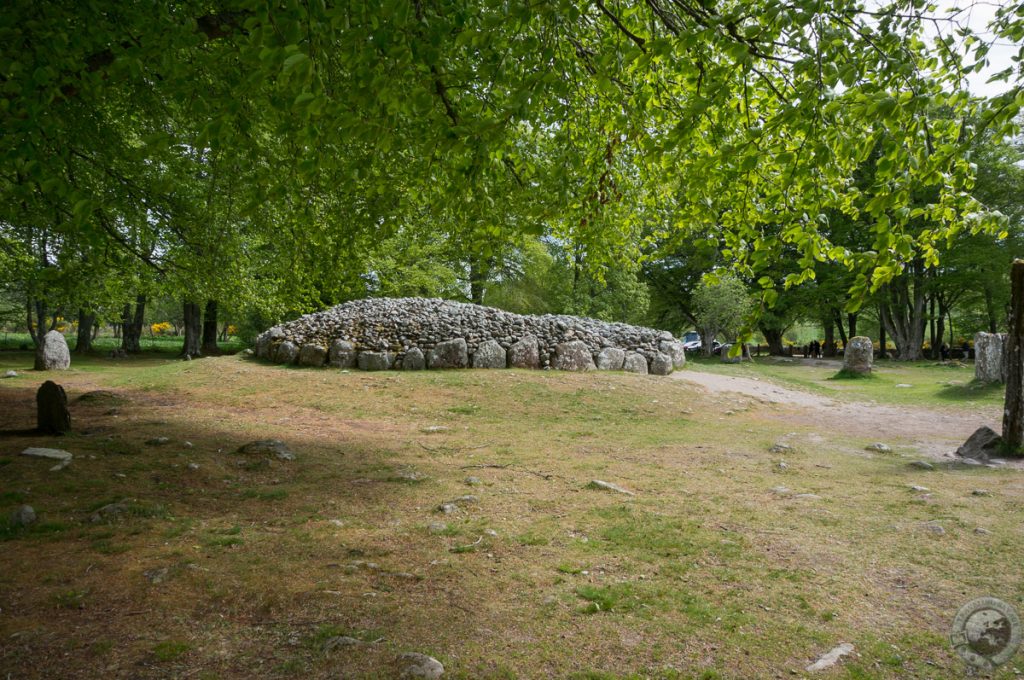
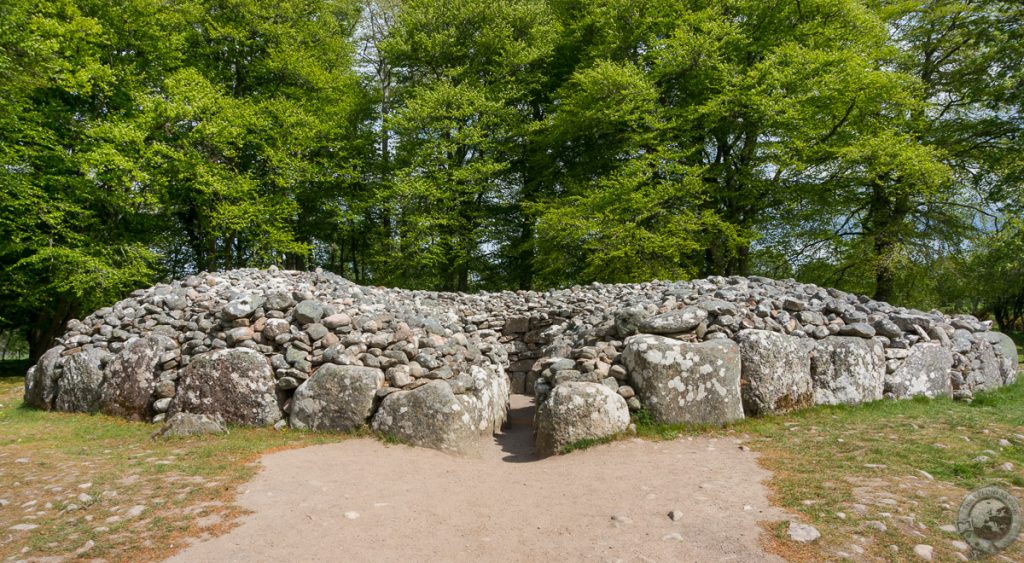
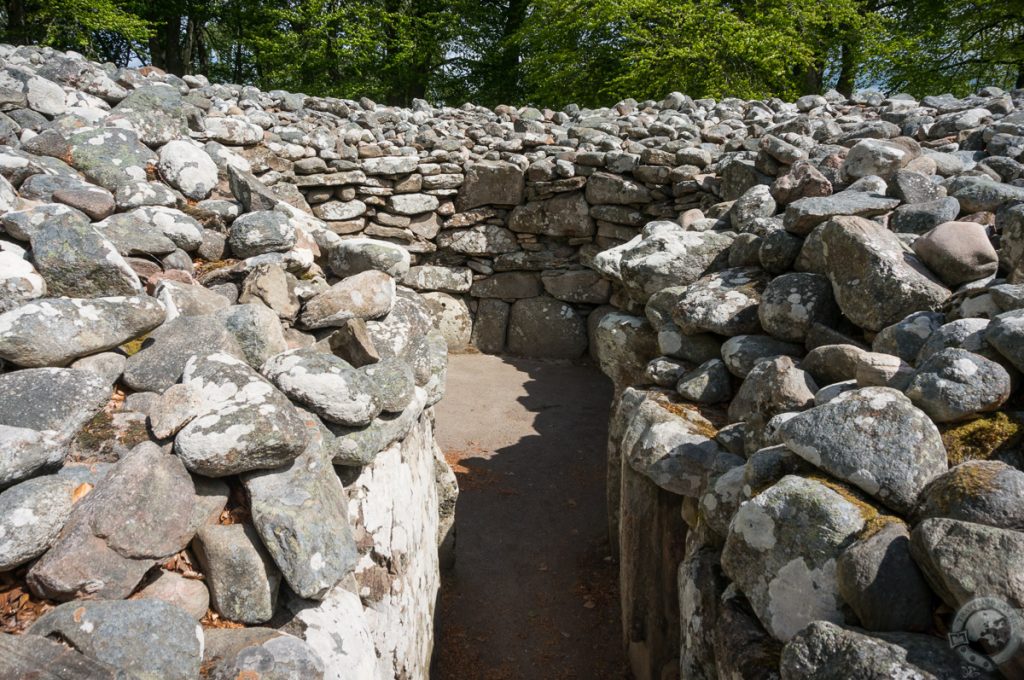
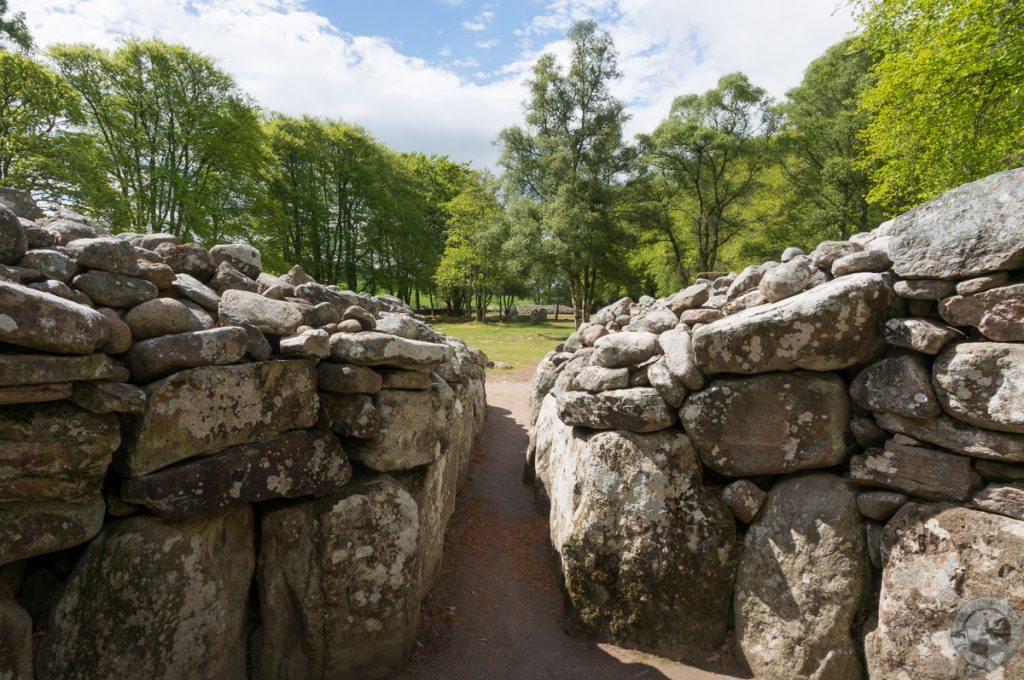
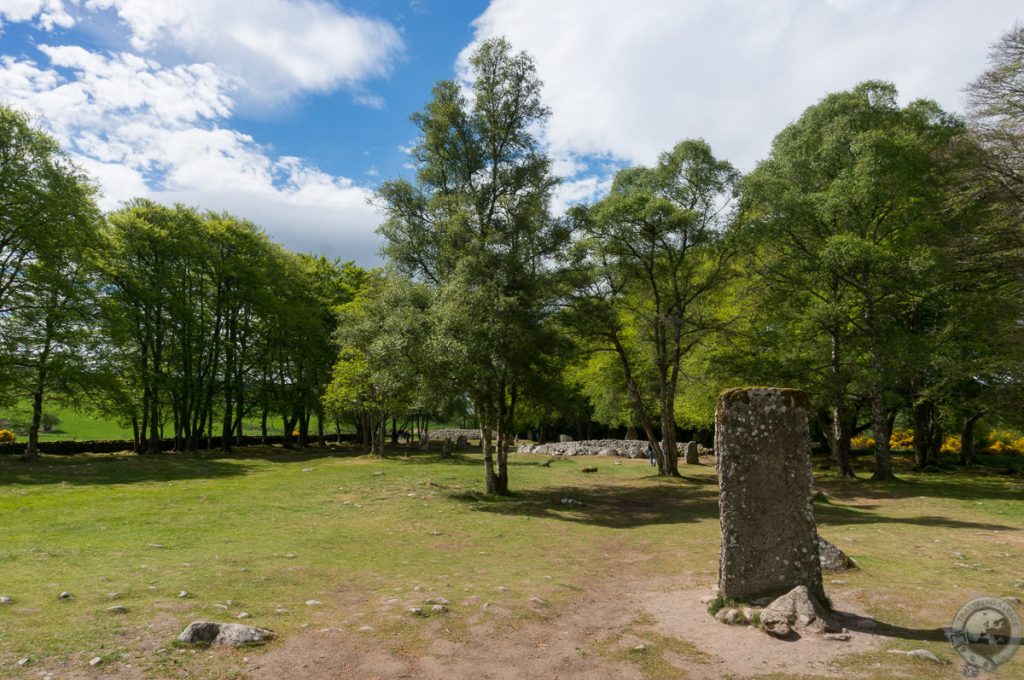
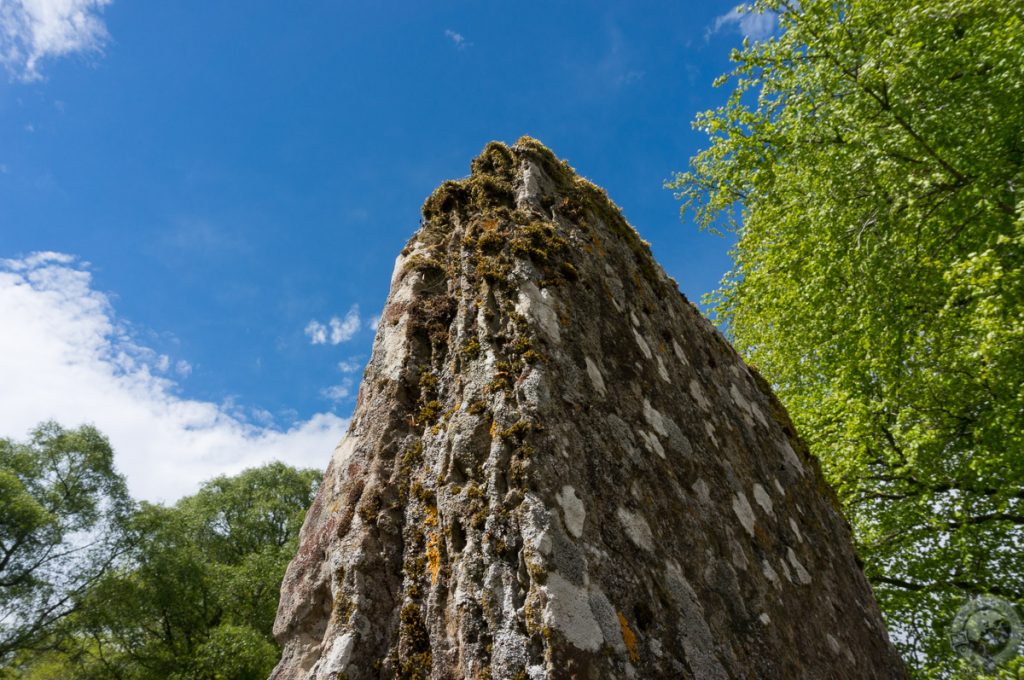
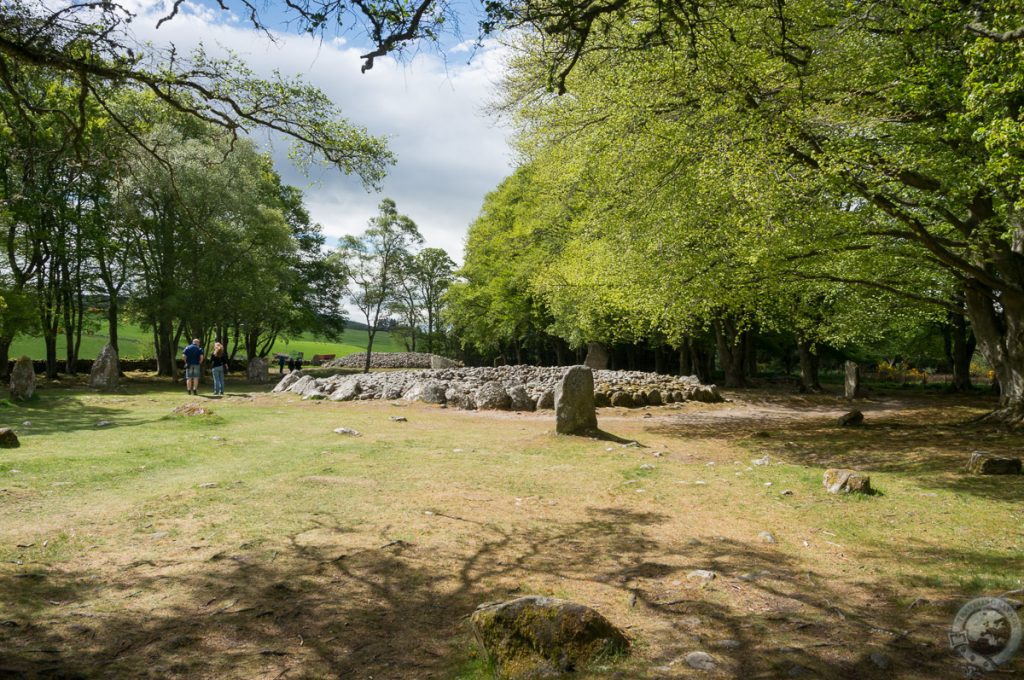
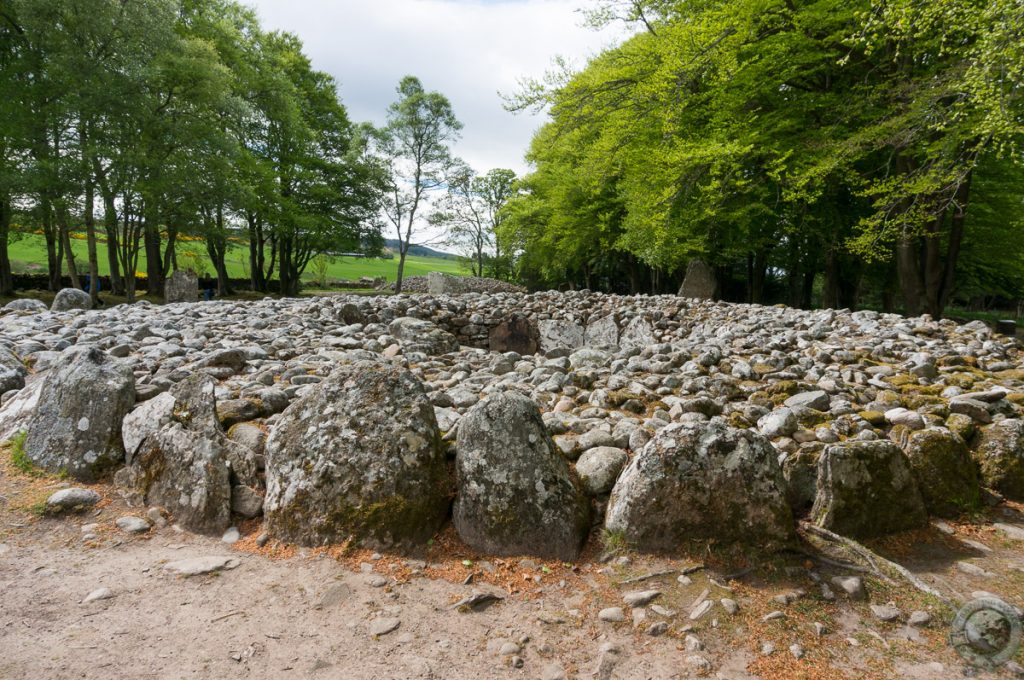
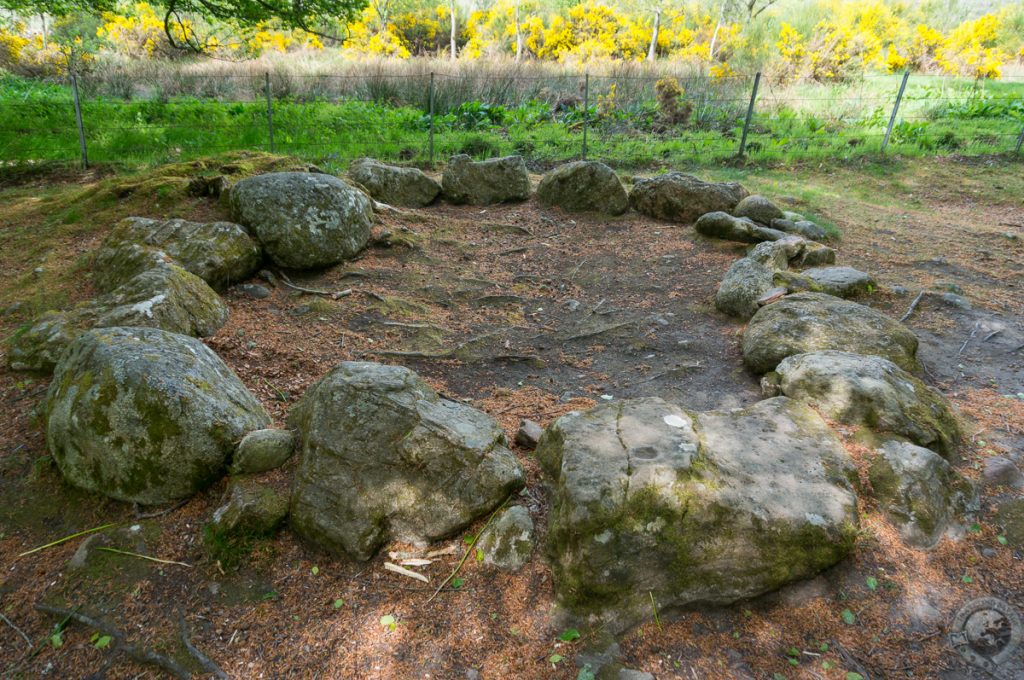
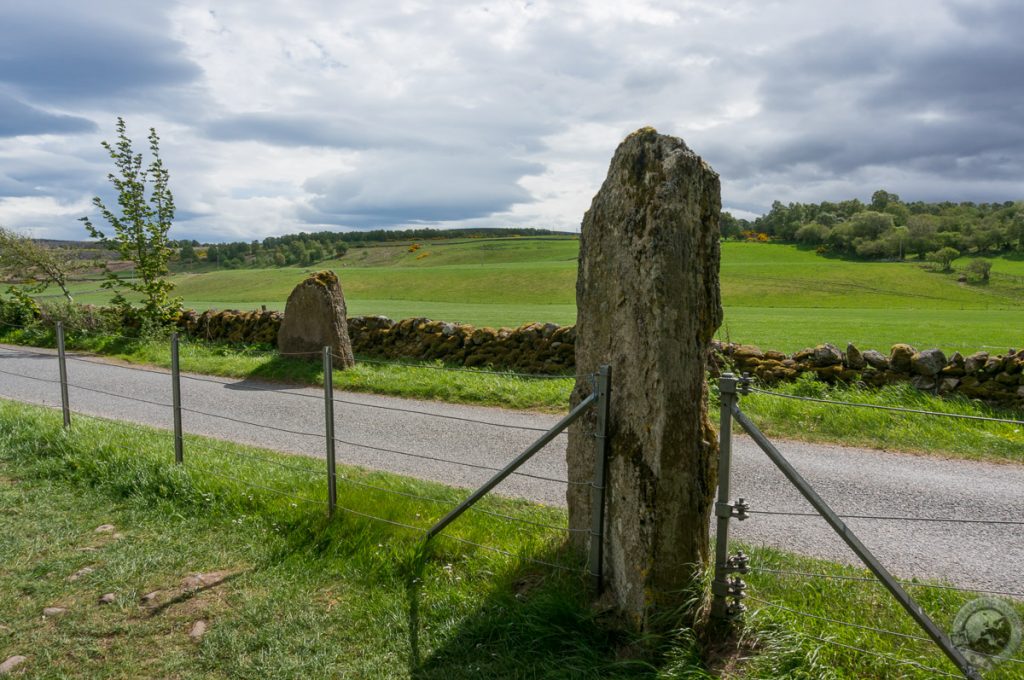
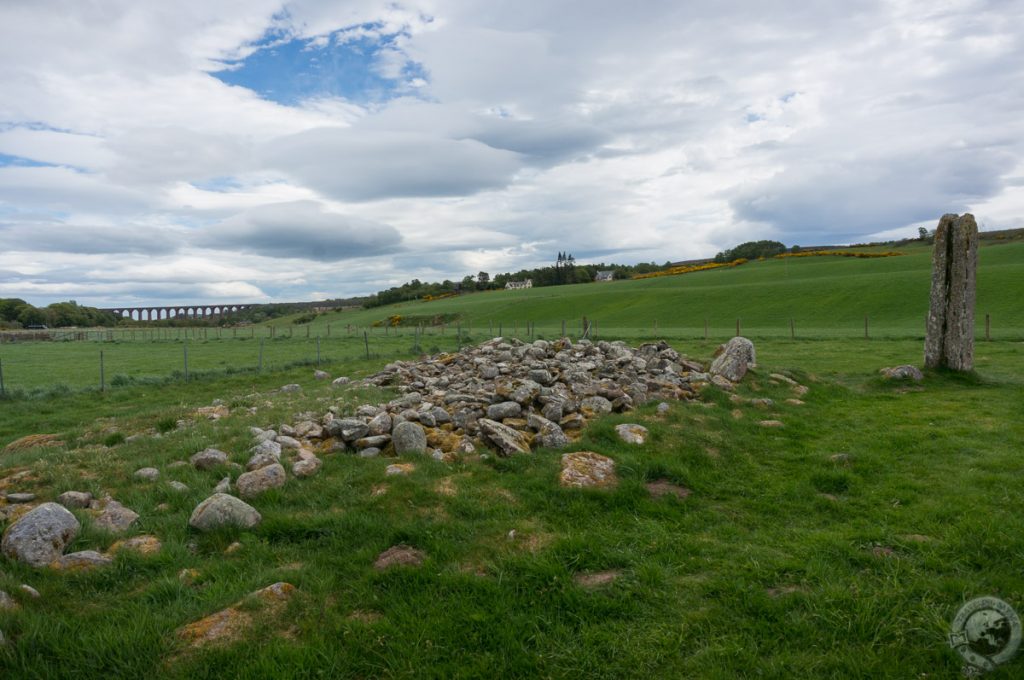
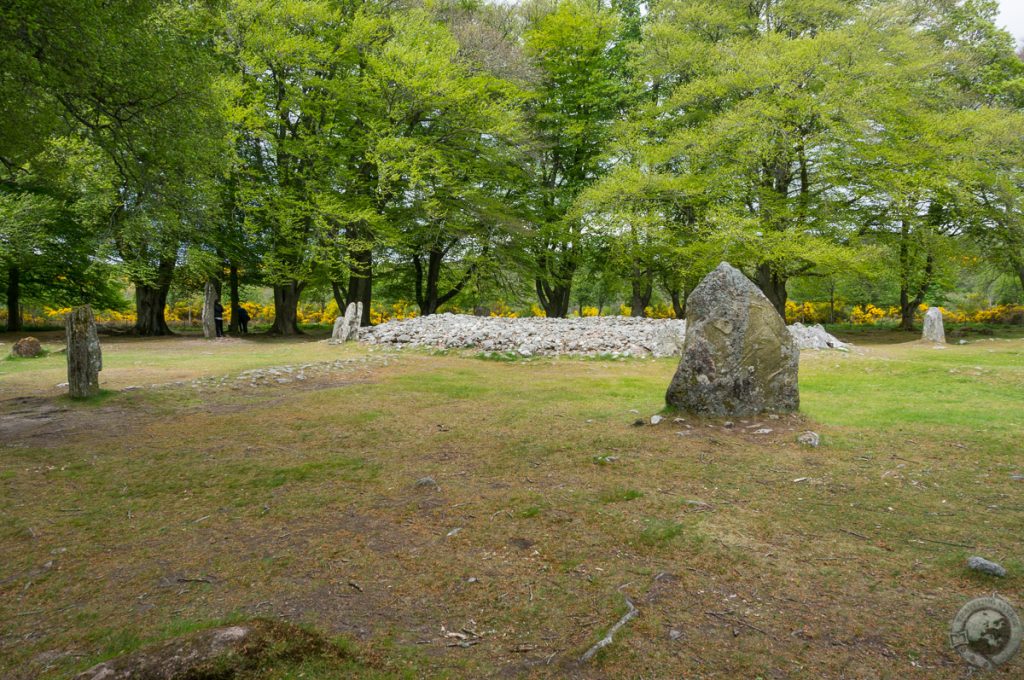
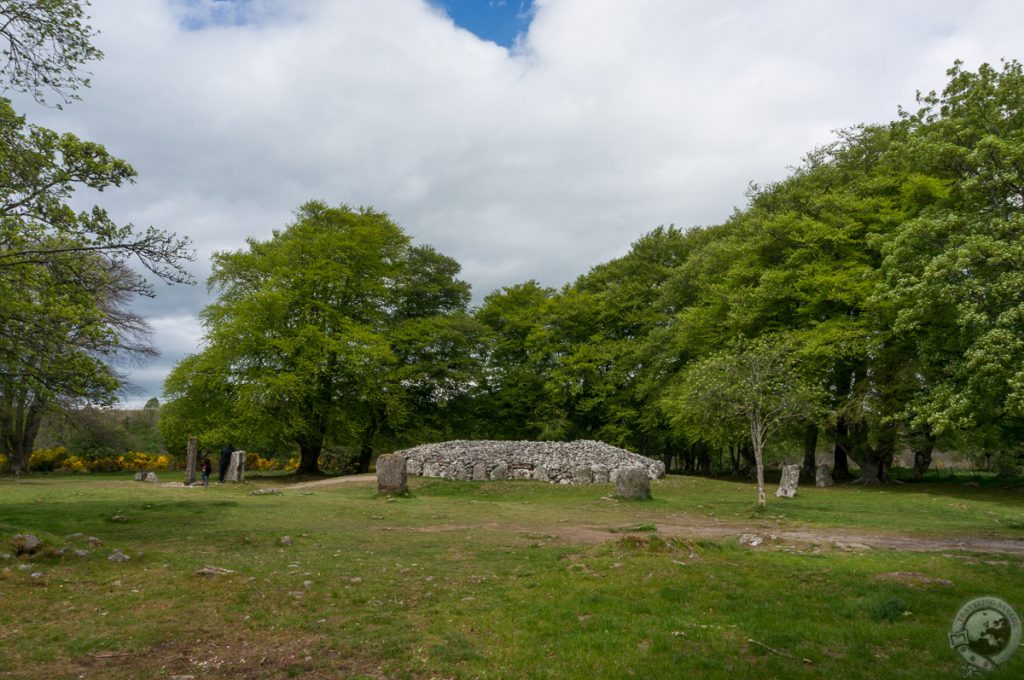
Thanks, Keith, for another interesting and informative history lesson. We were so close on our trip! Your detailed descriptions make it easy to imagine what this area might have looked like thousands of years ago. If only we could go back in time to see it for ourselves.
As always, the photos are the icing on the cake.
Kind regards,
Joanie
I always wish I could see these ancient sites in their prime. Sometimes it feels like it’s just out of reach.
I really enjoyed Clava Cairns — and this is a great post about it — but I don’t think it and Orkney are the only options. On Arran there’s also Machrie Moor which is a collection of standing stone circles and sites similar to Clava but with less dwellings. Beautiful area of the island too, just did a photo essay on it. And still want to go back for longer one day.
Orkney’s Ring of Brodgar is my favorite, but I love Machrie Moor, too.